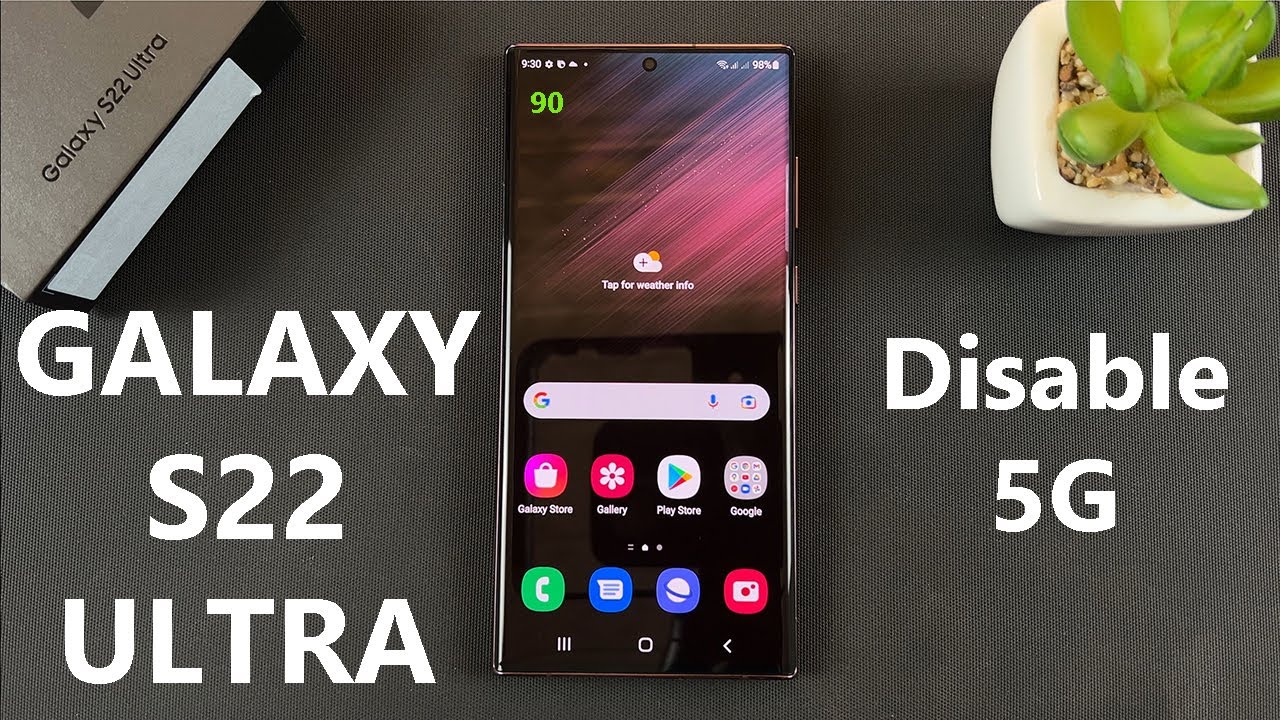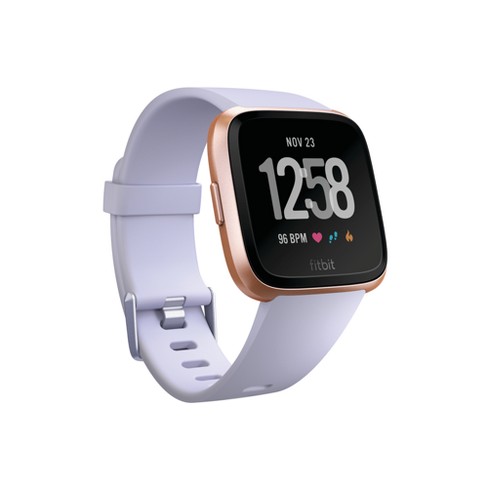Safari is the go-to browser for millions of iPhone users, providing a fast and secure browsing experience. However, there are times when Safari may not work as desired, causing frustration and inconvenience. If you’re experiencing issues with Safari not loading or not working on your iPhone 15 or 15 Pro series, this comprehensive guide will walk you through effective solutions to fix the problem.
Why Is Safari Not Loading or Working On My iPhone 15?
Before diving into the solutions, let’s explore some common reasons why Safari may not be loading or working properly on your iPhone 15:
- Poor internet connectivity: Unstable or slow internet connection can prevent Safari from loading websites correctly. It’s essential to check the stability and speed of your internet connection to ensure smooth browsing.
- Corrupted/outdated app cache: Safari browser with outdated or corrupted cache can lead to failed app launches or website loading issues. Clearing the Safari app cache can help resolve the problem.
- Conflicting Safari extensions: Safari supports extensions that enhance its functionality. However, certain extensions may conflict with websites or browser functions, causing problems with website loading in Safari.
- Misconfigured network settings: Incorrect network settings on your iPhone can prevent websites from loading correctly in Safari. Resetting the network settings can help resolve this issue.
- Outdated Safari app: Running an outdated version of Safari can result in app launch failures or website loading issues. Keeping your Safari app updated with the latest version is crucial for bug fixes and improvements.
How to Fix Safari Not Loading or Not Working on iPhone 15
Now that you understand the potential reasons behind Safari not loading or not working on your iPhone 15, let’s explore the effective solutions to fix the problem.
1. Restart Your iPhone
One of the simplest yet effective solutions is to restart your iPhone. Restarting your device clears temporary memory, closes running applications, and re-establishes the connection, which can help resolve Safari-related issues.
To restart your iPhone 15:
- Press and hold the side button and either of the volume buttons until you see a slider.
- Drag the slider to power off your iPhone.
- Press and hold the side button until you see the Apple logo on your screen.
After restarting your iPhone, connect it to the internet and launch Safari to check if the issue is resolved.
2. Check Your Internet Connection
A stable and reliable internet connection is crucial for smooth browsing on Safari. If websites are not loading or Safari is not working properly, it’s essential to check your internet connection for stability and speed.
To test your internet connection:
- Run multiple internet speed tests using websites like speedtest.net or fast.com.
- Analyze the results to ensure a stable and satisfactory download speed.
If your internet connection is unstable, try rebooting your router by unplugging the power cable for a minute and then plugging it back in. Connect your iPhone to the Wi-Fi network again and launch Safari to see if the issue persists.
3. Turn off VPN
If you’re using a VPN (Virtual Private Network) on your iPhone, it’s worth checking if it’s causing issues with Safari. Some free or unreliable VPN services can result in slow internet speed or prevent websites from loading properly.
To disable VPN on your iPhone:
- Open the Settings app.
- Scroll down and tap on VPN.
- Toggle off the switch next to the VPN connection.
After disabling VPN, launch Safari and try accessing websites to see if the problem is resolved.
4. Try a Different Network
Switching to a different network can sometimes help resolve Safari loading issues. If your current Wi-Fi network or cellular data connection is experiencing problems, switching to an alternative network can provide a temporary solution.
To switch to a different network:
- Turn off Wi-Fi if you’re connected to a Wi-Fi network.
- Enable mobile data if you’re using cellular data.
- Launch Safari and check if websites are loading properly.
If Safari works fine on a different network, it indicates that the issue lies with your current network. Contact your internet service provider or cellular data provider to resolve the network-related problems.
5. Disable Safari Suggestions
Safari Suggestions is a feature that offers search and website suggestions as you type in the address bar. Disabling Safari Suggestions can sometimes resolve issues with Safari not launching or websites not loading.
To disable Safari Suggestions on your iPhone:
- Open the Settings app.
- Scroll down and tap on Safari.
- Toggle off the switches for Search Engine Suggestions and Safari Suggestions.
After disabling Safari Suggestions, relaunch Safari to check if the problem is fixed.
6. Check Screen Time Settings
If you have set time limits for the Safari app using the Screen Time feature, ensure that the time limit is not reached. When the time limit is reached, Safari may not launch, and you’ll receive a notification.
To check and remove time limits for Safari:
- Open the Settings app.
- Tap on Screen Time.
- Select App Limits and look for Safari in the list.
- Tap on Safari and click Delete Limit.
If there are no time limits set for Safari, proceed to check the Content & Privacy Restrictions settings on your iPhone.
If Content & Privacy Restrictions are enabled, certain websites may be blocked. Ensure that the website you’re trying to access is not restricted.
To check Content & Privacy Restrictions settings:
- Open the Settings app.
- Tap on Screen Time.
- Select Content & Privacy Restrictions.
- Disable the toggle for Content & Privacy Restrictions.
After making these changes, launch Safari and try accessing websites to see if the problem is resolved.
7. Disable Safari Extensions
Safari extensions can enhance your browsing experience by adding additional features and functionalities. However, certain extensions may conflict with websites or browser functions, causing problems with website loading in Safari.
To disable Safari extensions on your iPhone:
- Open the Settings app.
- Scroll down and tap on Safari.
- Tap on Extensions.
- Disable each extension by toggling off the switch next to it.
After disabling the extensions, relaunch Safari and check if the issue persists. If Safari works fine without the extensions, enable them one by one to identify the problematic extension.
8. Clear Browsing Data and History
Clearing the browsing data and history in Safari can help resolve issues with websites not loading or Safari not working properly. Over time, accumulated data and history can affect the browser’s performance.
To clear browsing data and history in Safari:
- Open the Settings app.
- Scroll down and tap on Safari.
- Tap on Clear History and Website Data.
After clearing the browsing data and history, relaunch Safari and try accessing websites to see if the problem is resolved.
9. Enable JavaScript for Safari
JavaScript is a programming language used by many websites to create interactive and dynamic content. If you have disabled JavaScript for Safari, certain websites may not load properly or at all.
To enable JavaScript for Safari:
- Open the Settings app.
- Scroll down and tap on Safari.
- Tap on Advanced.
- Toggle on the switch for JavaScript.
After enabling JavaScript, relaunch Safari and check if websites are loading properly.
10. Turn off Experimental Features
Safari offers experimental features that allow users to test upcoming features before their official release. However, these experimental features may sometimes cause compatibility issues or conflicts with website loading in Safari.
To turn off experimental features in Safari:
- Open the Settings app.
- Scroll down and tap on Safari.
- Tap on Advanced.
- Disable any experimental features that are currently enabled.
After turning off experimental features, relaunch Safari and try accessing websites to see if the problem is resolved.
11. Update Your iPhone
Keeping your iPhone’s software up to date is crucial for the overall performance and stability of the device. Apple regularly releases updates that include bug fixes, security patches, and improvements, which can help resolve issues with Safari.
To check for updates and install them:
- Open the Settings app.
- Tap on General.
- Select Software Update.
- If an update is available, click Download and Install.
After updating your iPhone, launch Safari and check if the problem is resolved.
12. Reset Network Settings
If Safari is still not loading or working properly after trying the above solutions, resetting the network settings on your iPhone can help resolve any misconfigured network settings that may be causing the issue.
Please note that resetting network settings will remove saved Wi-Fi networks and paired Bluetooth devices. Make sure to reconnect to your Wi-Fi network and pair your Bluetooth devices afterward.
To reset network settings on your iPhone:
- Open the Settings app.
- Tap on General.
- Scroll down and select Transfer or Reset iPhone.
- Choose Reset Network Settings.
- Confirm your lock screen pin or password.
- Tap on Reset Network Settings.
Once the network settings are reset, reconnect to your Wi-Fi network, launch Safari, and check if websites are loading properly.
13. Factory Reset Your iPhone
Performing a factory reset should be your last resort if Safari is still not loading or working on your iPhone 15. Factory resetting your device will erase all data, including photos, videos, documents, and installed apps. Make sure to back up any important files before proceeding with a factory reset.
To factory reset your iPhone 15:
- Open the Settings app.
- Select General.
- Tap on Transfer or Reset iPhone.
- Tap on Erase All Content and Settings.
- Click Continue and confirm your lock screen.
- Wait for the backup to complete or skip it by tapping on Skip Backup.
- Enter your Apple ID password and click Turn Off.
- Tap on Erase iPhone.
After the factory reset, set up your iPhone as a new device and check if Safari is now loading and working properly.
Conclusion
Safari is a reliable browser for iPhone users, but sometimes it may encounter issues that prevent websites from loading or cause the browser to malfunction. By following the solutions provided in this guide, you can troubleshoot and fix Safari-related problems on your iPhone 15 or 15 Pro series. Remember to try each solution sequentially and test Safari after implementing each fix to determine if the issue has been resolved.
If the problem persists even after trying all the solutions, it’s recommended to reach out to Apple support for further assistance. They can provide specialized guidance and help resolve any underlying issues with your device.
With the solutions mentioned in this guide, you can ensure that Safari on your iPhone 15 or 15 Pro series works seamlessly, allowing you to enjoy a smooth browsing experience without any hindrances. Happy browsing!





